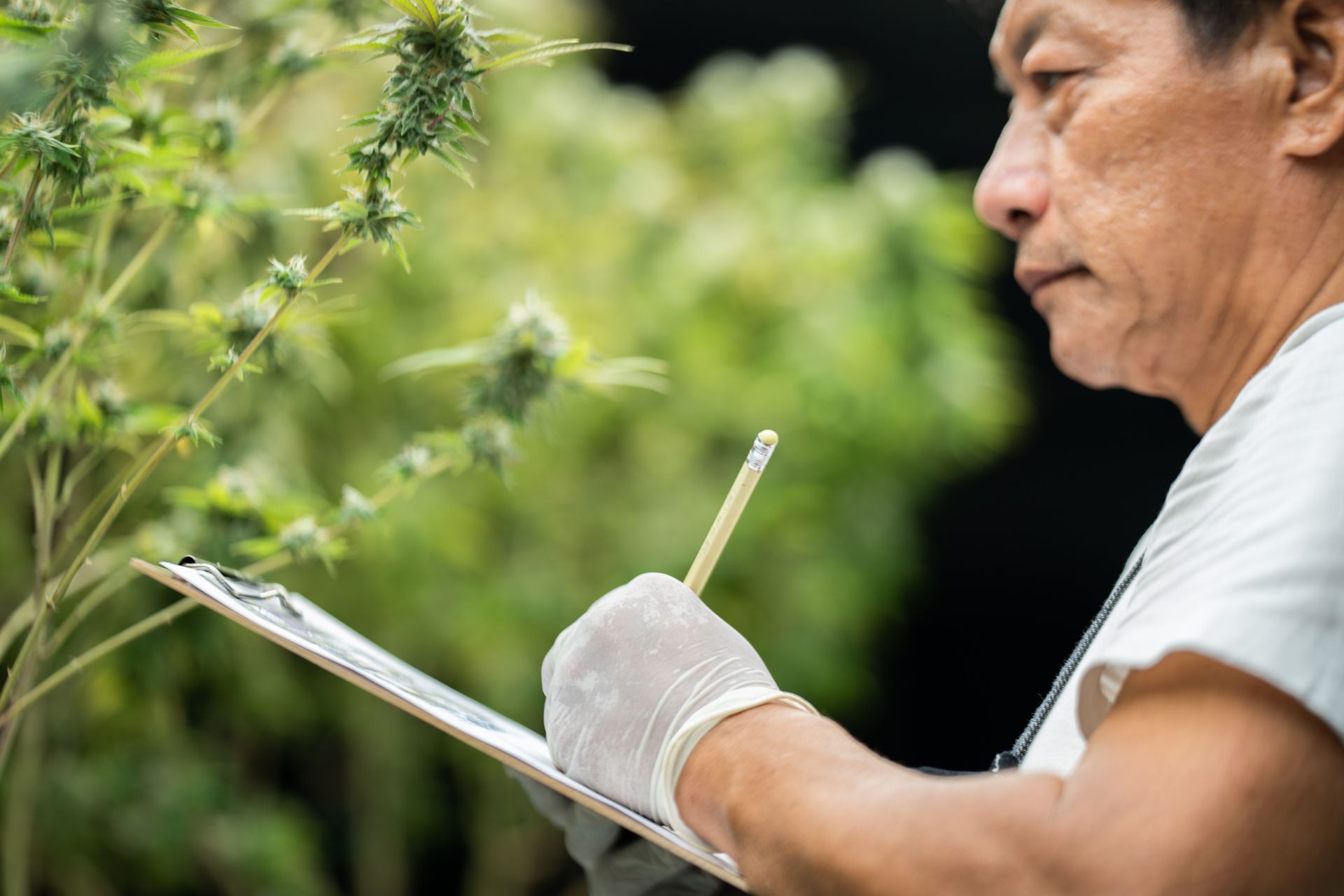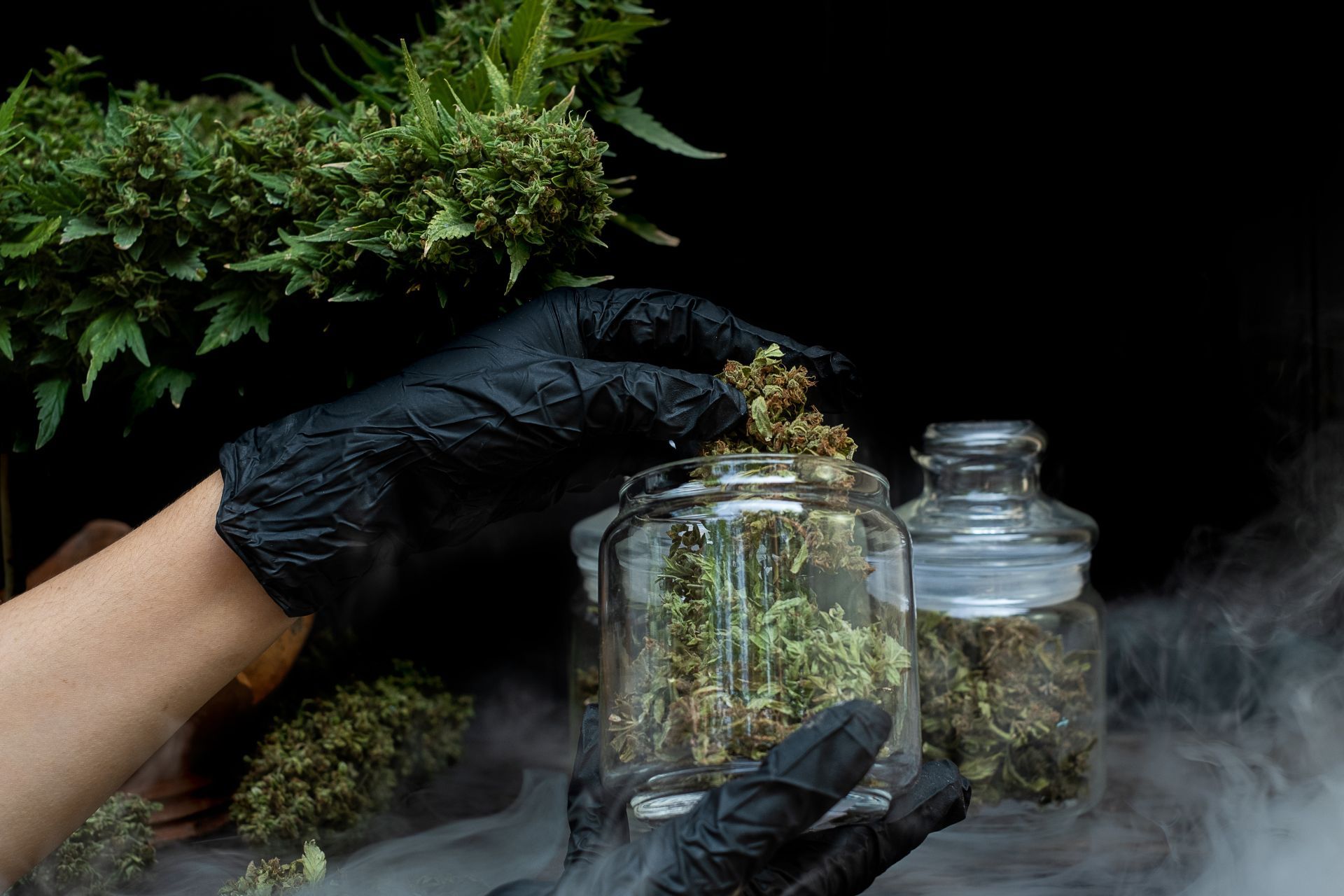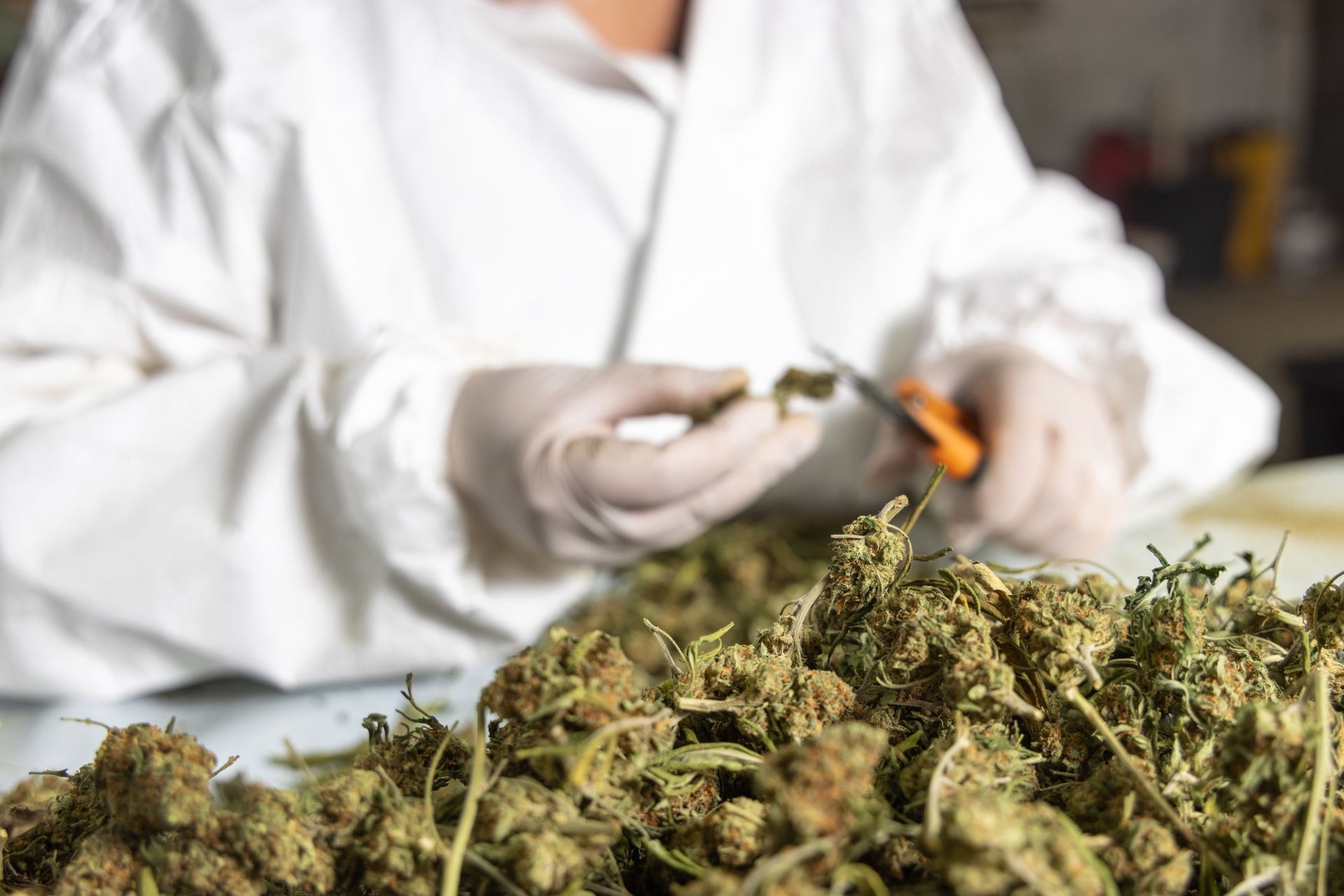5 Ways Cannabis Cultivators Can Minimize Risk
See How We're Different
or call us: (215) 653-8411
For instance, a recent report highlights that 65% of cannabis cultivators now use AI tools for yield prediction, illustrating how data-driven approaches are becoming mainstream in the sector (WiFi Talents). This article explores five effective strategies cannabis cultivators can adopt to minimize risk, ensuring operational resilience and long-term growth.
1. Implement Strong Internal Controls
One of the foundational steps in reducing risk within cannabis cultivation is establishing robust internal controls. These controls are designed to prevent fraud, theft, and operational inefficiencies, which are common pitfalls in the industry due to the high-value nature of the product.
Strong internal controls include detailed inventory tracking, segregation of duties among staff, and regular audits. These measures help ensure that every stage of the cultivation and distribution process is monitored and verified, reducing the likelihood of losses or regulatory non-compliance.
As emphasized by experts at Frontier Risk Cannabis Insurance, "Strong internal controls are essential for preventing fraud, theft, and operational inefficiencies." Cultivators who prioritize these controls not only protect their assets but also build trust with regulators and consumers alike.
Additionally, implementing technology solutions such as seed-to-sale tracking systems can significantly enhance internal controls. These systems provide real-time data on the lifecycle of the product, from cultivation to sale, ensuring that every plant is accounted for and that any discrepancies can be quickly identified and addressed. This level of transparency not only aids in compliance with state regulations but also serves as a deterrent against potential internal misconduct.
Moreover, fostering a
culture of accountability among employees is crucial. Training staff on the importance of internal controls and their role in safeguarding the business can lead to a more vigilant workforce. Regular workshops and updates on best practices can empower employees to take ownership of their responsibilities, thereby reinforcing the overall integrity of the operation. When everyone is aware of the protocols in place and understands their significance, the likelihood of operational inefficiencies diminishes, paving the way for a more secure and efficient cultivation environment.
2. Leverage AI and Machine Learning for Precision Cultivation
Technology is transforming cannabis cultivation, with artificial intelligence (AI) and machine learning playing pivotal roles in minimizing risks related to yield variability and pest management. AI-powered tools can analyze vast amounts of data, from environmental conditions to plant health metrics, enabling cultivators to predict yields more accurately and optimize growing conditions.
For example, 65% of cannabis cultivators have adopted AI tools specifically for yield prediction, which helps in planning and resource allocation (WiFi Talents). Beyond yield forecasting, machine learning algorithms combined with multispectral imagery and unmanned aerial vehicles are revolutionizing weed detection and control. A recent systematic review highlights how these technologies enable efficient and accurate weed management strategies, reducing reliance on herbicides and minimizing crop damage (arXiv).
Integrating these AI-driven solutions not only enhances productivity but also lowers operational risks by ensuring healthier crops and reducing chemical inputs. Furthermore, AI can assist in monitoring plant health through real-time data analysis, identifying issues such as nutrient deficiencies or disease outbreaks before they become critical. By utilizing sensors and IoT devices, cultivators can gather continuous feedback on soil moisture, temperature, and humidity levels, allowing for immediate adjustments to irrigation and climate control systems.
Moreover, the predictive capabilities of AI extend to market trends and consumer preferences, enabling cultivators to tailor their products to meet demand more effectively. By analyzing historical sales data and consumer behavior, AI can forecast which strains or products are likely to be popular in the upcoming seasons. This level of insight not only streamlines production but also enhances the overall quality of the cannabis offered to consumers, fostering a more sustainable and profitable cultivation environment.
3. Adopt Sustainable Energy Practices
The cannabis cultivation process is notoriously energy-intensive, accounting for up to 1% of global electricity consumption—comparable to the entire energy usage of Ireland (WiFi Talents). This high energy demand exposes cultivators to significant financial risks due to fluctuating energy costs and environmental regulatory pressures.
To mitigate these risks, cultivators should adopt sustainable energy practices such as utilizing energy-efficient lighting, optimizing HVAC systems, and integrating renewable energy sources where feasible. Additionally, precision agriculture technologies can help reduce unnecessary energy consumption by tailoring environmental controls to the specific needs of plants.
By prioritizing sustainability, cultivators not only reduce operating expenses but also position themselves favorably with eco-conscious consumers and regulators, enhancing their market reputation.
Furthermore, implementing solar panels or wind turbines can significantly decrease reliance on traditional power grids, allowing cultivators to harness natural energy sources. This not only lowers operational costs but can also generate surplus energy that can be sold back to the grid, creating an additional revenue stream. Moreover, many regions offer incentives and tax breaks for businesses that invest in renewable energy, making the transition even more financially appealing.
In addition to energy generation, water conservation practices are equally crucial in sustainable cannabis cultivation. Techniques such as rainwater harvesting and drip irrigation can minimize water waste and ensure that plants receive the optimal amount of moisture without overconsumption. By adopting a holistic approach to sustainability that encompasses both energy and water management, cultivators can create a more resilient operation that is better equipped to face the challenges of an evolving industry.
4. Utilize Robotic and Automated Weed Control
Weed management is a critical aspect of cannabis cultivation, directly impacting crop health and yield quality. Traditional herbicide applications can be costly and environmentally damaging, while manual weeding is labor-intensive and prone to human error.
Recent studies demonstrate that precise robotic weed control can reduce herbicide usage by up to 65% in areas with lower weed pressure without compromising weed control efficacy (arXiv). This technology uses sensors and AI to identify and target weeds selectively, minimizing chemical exposure to the cannabis plants and surrounding environment.
Adopting robotic weed control systems helps cultivators lower operational costs, reduce environmental impact, and comply with increasingly stringent agricultural regulations. Moreover, automation frees up labor resources, allowing teams to focus on other critical cultivation tasks.
In addition to their efficiency, robotic weeders can operate around the clock, providing a level of consistency that is difficult to achieve with manual labor. These machines can be programmed to work during optimal conditions, ensuring that weeds are addressed promptly and effectively. Furthermore, as technology continues to advance, the integration of machine learning allows these robots to improve their performance over time, adapting to specific weed species and growth patterns within the cultivation area.
Another significant advantage of robotic weed control is the potential for data collection and analysis. Many systems are equipped with advanced imaging technology that not only identifies weeds but also monitors the overall health of the cannabis plants. This data can be invaluable for growers, providing insights into plant growth trends, nutrient deficiencies, and pest pressures. By leveraging this information, cultivators can make more informed decisions, ultimately leading to healthier crops and higher yields.
5. Embrace Digital Transformation to Enhance Product Safety
Product recalls can severely damage a cannabis brand’s reputation and financial standing. Digital transformation initiatives in cultivation and manufacturing have been shown to reduce product recall incidents by 25%, highlighting the importance of integrating technology into quality control processes (ZipDo Education Reports).
Additionally, the rise of minor cannabinoid products, such as those containing CBG, CBN, and CBD, exemplified by Rubicon Organics Inc.’s Wildflower brand edibles launched in October 2023, underscores the need for rigorous quality assurance as product diversity expands (The Research Insights). Digital transformation supports cultivators and manufacturers in maintaining consistent product standards across these innovative offerings. As consumer preferences evolve, the demand for specialized products that cater to specific health and wellness needs is on the rise. This shift necessitates not only enhanced quality control measures but also the ability to swiftly adapt to new regulations and market trends, ensuring that brands remain competitive and compliant.
Conclusion

Article By: Deb Sculli
Cannabis Insurance Specialist




